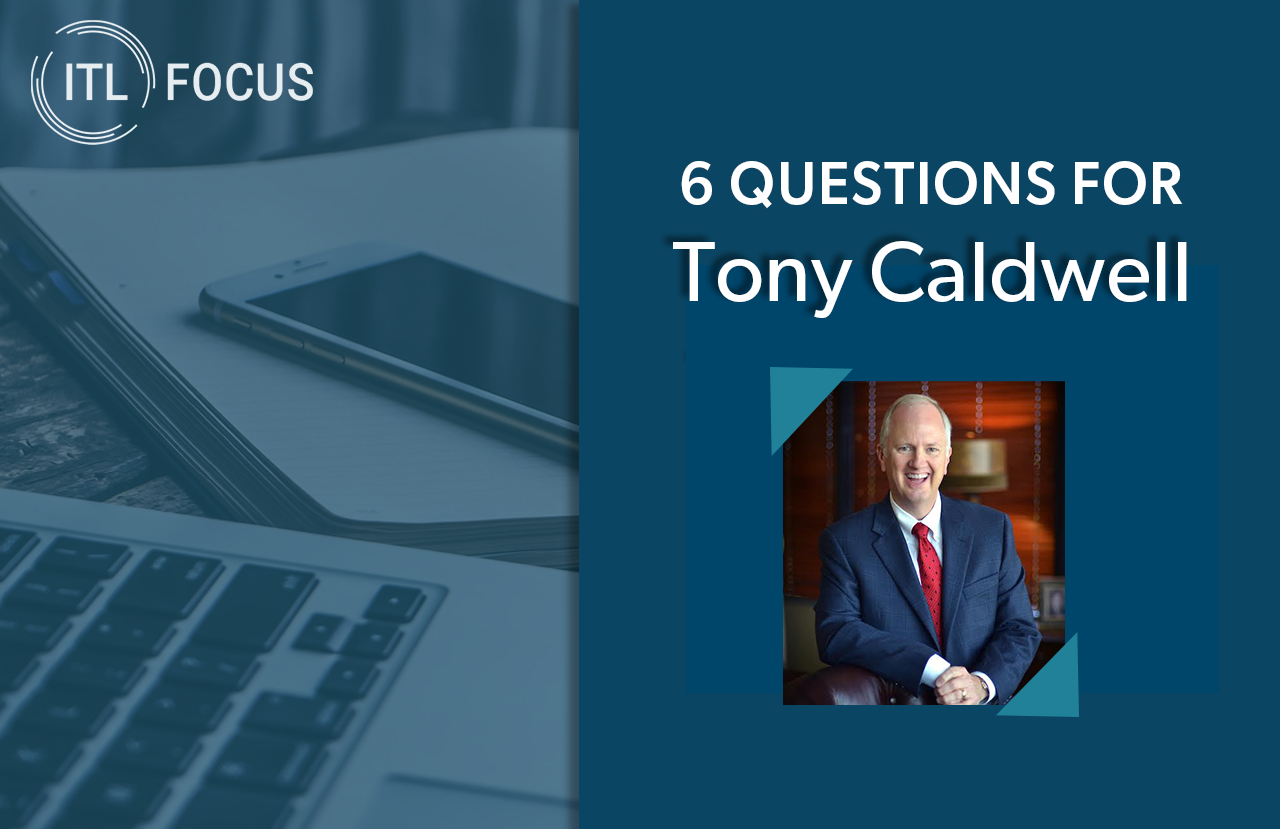We posed six questions to Tony Caldwell, a mentor to independent agencies who has written a number of articles for us on how agencies must adapt.
Let's start with a general question that has puzzled me. The need for change by agents seems to be well-established by now, but many aren't adapting. Why is that?
Business owners, in general, who have historically successful business models are typically reluctant to change. They may hope change won’t be necessary and, in some cases, plan to escape the need to change by retiring. With that said, however, I think the biggest reason agents are not adapting is because they don’t know how to do it, and so are overwhelmed by what they perceive as a difficult process. This isn’t unusual, but can be fatal.
The biggest change facing agency owners is increased customer expectations for speed, timeliness and improved experience. As they seek to meet customer expectations, agencies are now competing with innovators in every industry -- though many do not realize this. As customers increasingly expect more, and others use technology to deliver services at lower cost, the danger for those who are late, or never adapt, may be that they have become boiled frogs.
Once an agency decides it needs to adapt to the more digital world, and all the new dynamics that come with that, what's the first thing the agency should do?
Find out the capabilities of the agency management system (AMS) and maximize those. AMS are very powerful and capable, and most agencies use only a fraction of their capabilities to analyze, manipulate and use data to improve retention and conduct account rounding and new business acquisition. There is no point in acquiring new technology or technical capability without maximizing what the agency is already investing in. Maximizing AMS capabilities will show the agency where their strengths, weaknesses and opportunities for improvement lie, and help them make better investment decisions on the next set of capabilities.
What's the second?
Invest in 24/7/365 capabilities for customer self-service. It’s indisputably clear that consumers want to be able to serve themselves when possible. Agencies are compared with every other business -- inside and outside insurance -- that gives consumers the ability to that. Consumers clearly want to have their needs and wants satisfied in real time, so agents need to provide those capabilities whether through technology, expanded agency personnel availability, carrier service centers or other third-party providers. Agents should consider the ideal customer experience from the customer’s perspective and then upgrade their capabilities to meet them.
In articles you've written for us, you've mentioned some specific digital tools that agents should investigate, including RiskMatch. Could you offer agents a few starting points?
In terms of customer service technology, AMS vendors like EZLynx offer the capability to put limited customer self-service on agency websites at low or no cost. Companies like Tarmika use new technology to make it easier for agents to rapidly market small business insurance. New industry entrants like Aureus Analytics are making it increasingly easy to unlock data to help agents improve retention, cross marketing and new business using artificial intelligence. Companies like Hubspot make it easy for agency websites to automate marketing, track and follow website visitors and accomplish other tasks to improve new business flow, hit rates, account rounding and retention. And technology like that provided by RiskMatch enables agencies to make better coverage placement decisions and maximize carrier contract opportunities, among other things.
But let’s walk before we run. Agency owners have an opportunity to dramatically increase agency revenue by using their existing AMS to improve staff management; make better, more profitable, placement decisions; improve revenue through retention; and hit agency account size targets, among other things. Using a disciplined investment approach to acquiring and maximizing technology one capability at a time allows agencies to improve top and bottom lines along with value in a relatively short (12- to 24-month) period.
You've also mentioned that agents aren't taking enough advantage of the tools provided by carriers. What, in particular, do you see agents missing out on? What happens when they don't adapt to what carriers are pushing them to do?
One of the biggest is compensation. Carriers are increasingly offering agents incentives for specialized new business and providing retention bonuses. Yet agency owners allow employees to make placement and new business marketing decisions without regard to maximizing agency revenue. Worse, owners often fail to maximize traditional compensation like profit sharing because line staff, instead of management, are making placement decisions. Carriers often offer an amazing, and bewildering, array of training and marketing resources that aren’t taken advantage of by agencies. Yet, by analyzing their opportunities and weaknesses, agencies can easily develop plans to put these resources to work.
Agencies should recognize that carriers face increasing cost challenges and that many are improving automation of their new business submission and underwriting. Carriers will be increasingly less tolerant of, and pay less to, agencies that don’t cooperate with their systems to improve hit rates. Agencies will be increasingly rewarded for giving carriers what they want without forcing them to weed through mindless submissions of what they don’t.
What other threats are out there for agencies that don't adapt? You've written about private equity; could you explain that threat and list any others?
The first threat agencies need to understand is that the market is shrinking. Direct sellers, virtual agencies, affinity marketers and non-traditional providers like Lemonade are all taking market share from traditional agents. Agencies must realize they cannot compete with algorithms on price and, instead, must focus their efforts and investment on improving the customer experience and relationship. In smaller agencies (under $500,000 in annual revenue), private passenger auto represents as much as 60% of agency revenues. It’s beyond obvious that this market will ultimately shrink, with technology reducing both physical damage and liability risks.
Private equity-backed insurance agencies will also take market share from traditional agencies as they aggregate capability – human and technological – as well as make the necessary management and investment decisions to raise the bar in marketing, sales, operations and carrier management.
In summary, the biggest threat is complacency. All threats have answers, including retreat, defeat, joining others and, most importantly, increasing competitive capability. As technology gets cheaper (which it always does) and easier to use, smaller agencies have increasingly capable competitive tools at their disposal. With a relentless drive for improvement in operations and management, agencies can adapt and continue to thrive.








